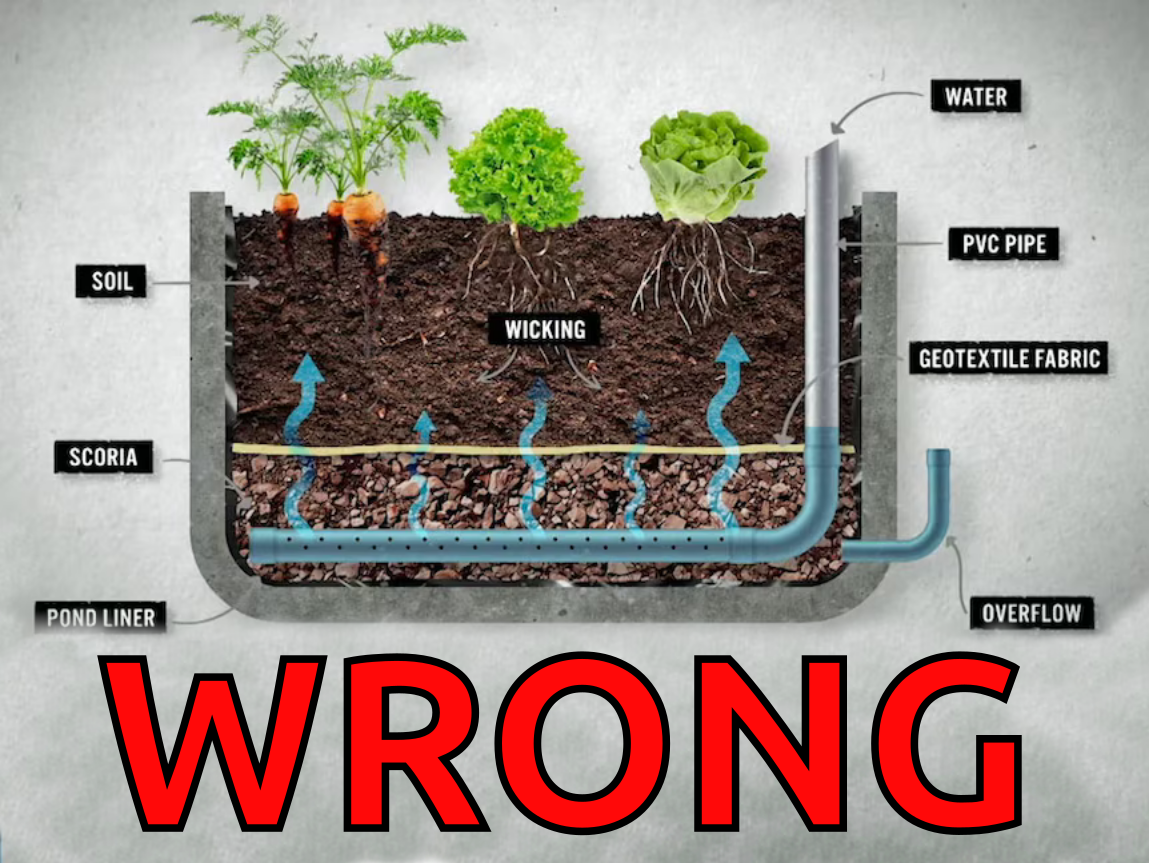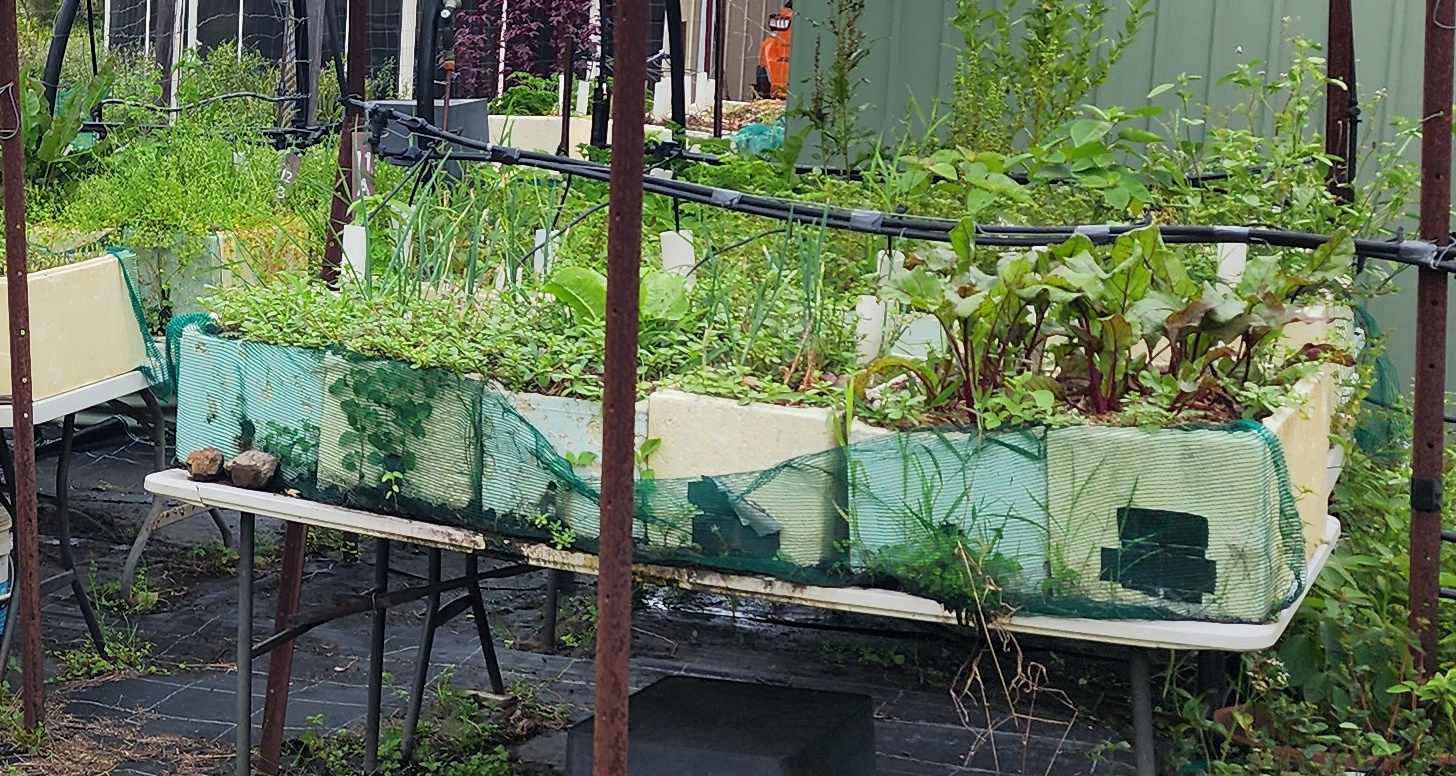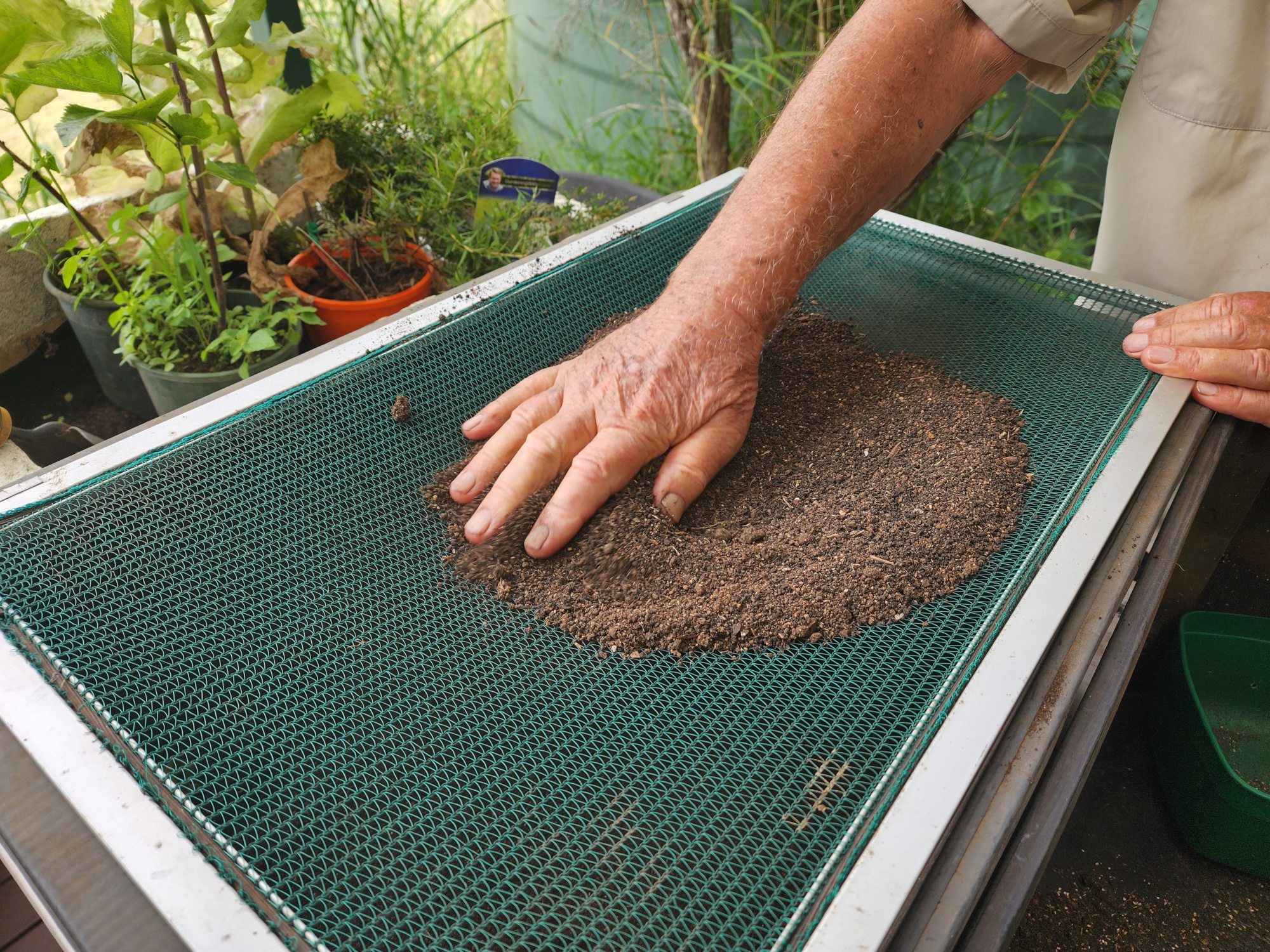Author: Peter Van Beek
-

“Our Growing Business”, a Y6 Student Run Project
Students at a Queensland public primary school, inspired by the school’s wicking beds, purchased and cultivated seedlings, later selling them to raise funds for their Year 6 camp trip. We started our business off by selling seedlings we bought and raisedfor several months during school. We made recycled newspaper pots togrow them in and we…
-

Building Wicking Beds for Schools
Wicking beds are a useful teaching aid and a hands-on way to introduce your students to gardening. The tips in this guide can also be used for home gardens, but this article refers to materials that comply with school regulations. Choosing and Preparing the Site Find a position that gets at least six hours of…
-

Consequences of Misconceptions in Wicking Bed Designs
Many so-called “wicking beds” found on the internet fail to wick properly. Unfortunately, even reputable sources like the ABC have promoted flawed designs. These issues stem from two major misconceptions. Misconception 1: Soil Filling the Reservoir Some believe that rain or excess surface watering will cause soil to fill the water reservoir. This only happens…
-

Making a Styrofoam Wicking Box
Converting Styrofoam boxes into wicking boxes is a cheap and simple way to grow at least some of your own healthy food at home. They are portable and smaller boxes fit on a 1.8 m table, so even patios and concrete slabs can become useful places to grow. They can be made with common household…
-

Mixing Your Own Healthy Soil for Wicking Boxes and Tubs
Soils along the Queensland coast are often composed of silt and fine sand, with little clay and low mineral content. These sandy, low-fertility soils are sometimes sold as “topsoil” at garden supply stores, but the term refers only to their origin at the surface, not their quality or fertility. When using commercially sourced topsoil, screen…
